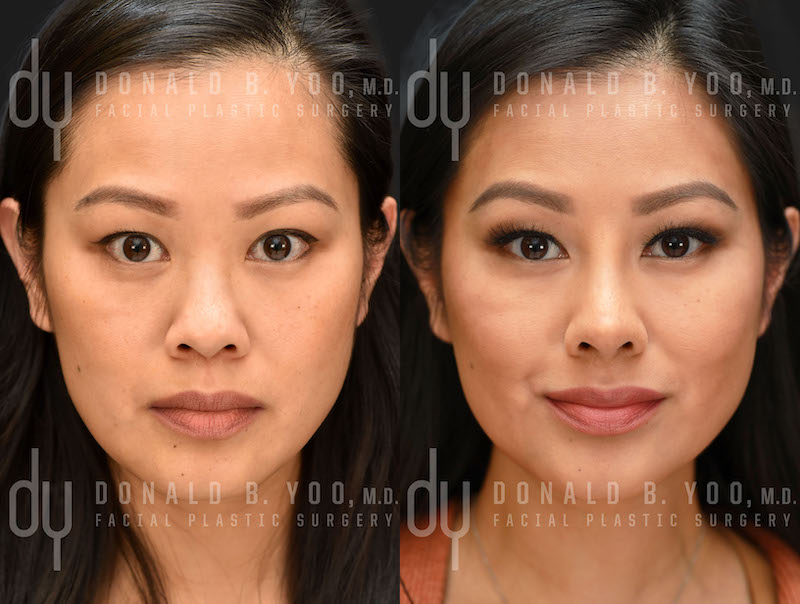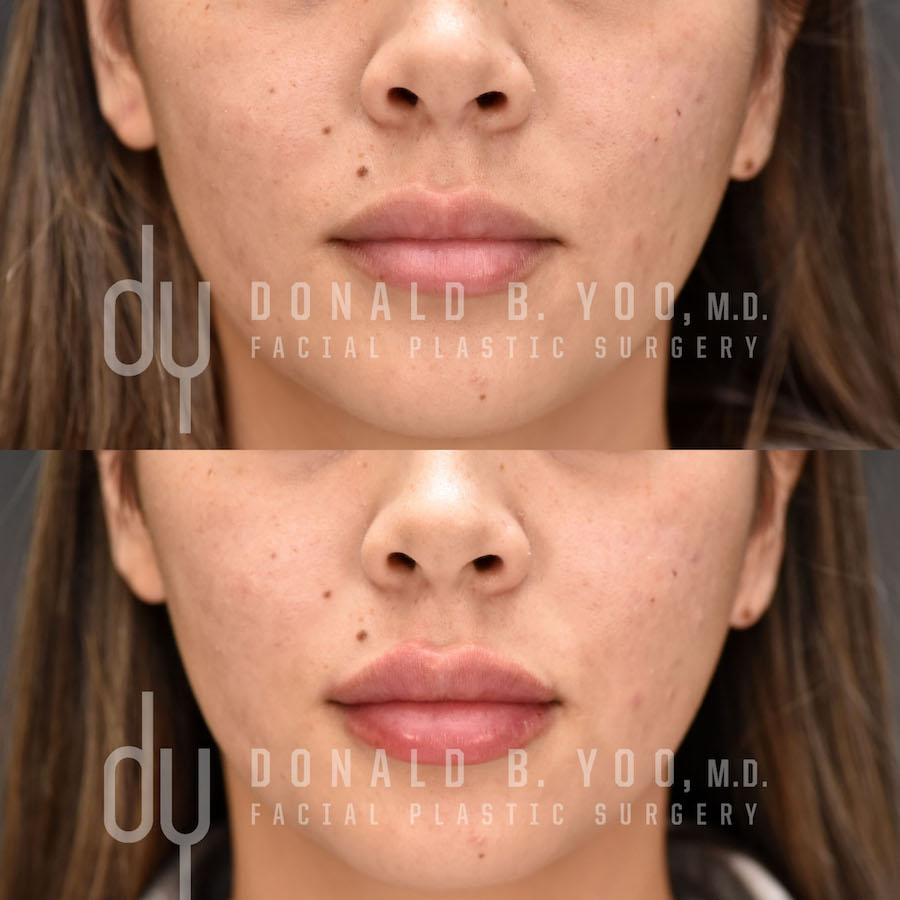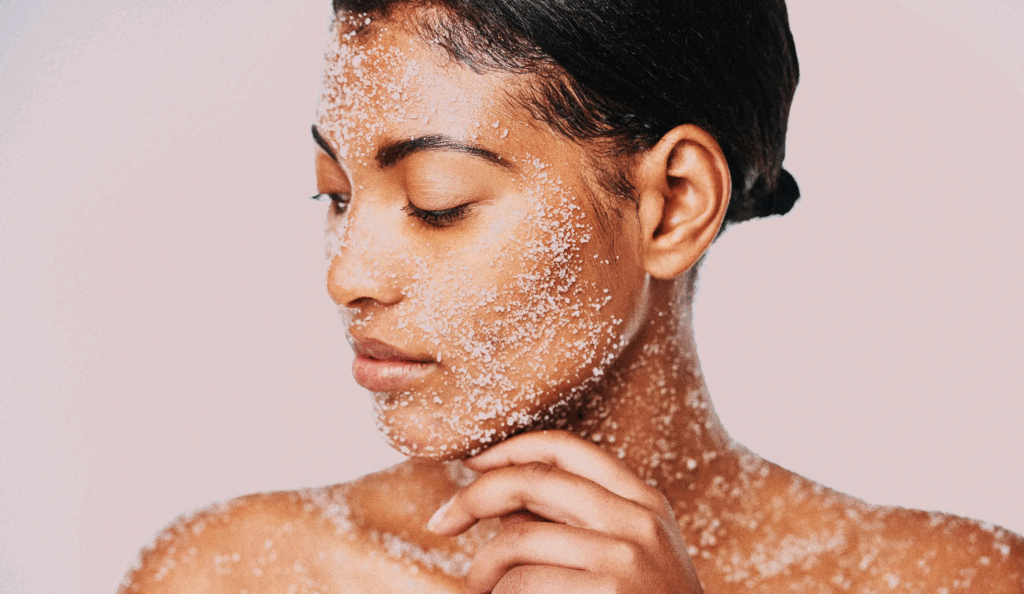Facial aging is highly individualized, and modern facelift techniques are tailored to address specific anatomical changes. Two commonly performed approaches are the endoscopic facelift and the deep-plane facelift. Understanding the differences between these procedures can help patients and surgeons select the most appropriate technique for achieving natural, long-lasting results.
Overview of Each Technique
Endoscopic Facelift
- Scope: Primarily addresses the upper and midface, including the brow, cheeks, and nasolabial folds.
- Method: Small incisions with insertion of an endoscope to visualize and lift underlying facial structures.
- Recovery: Shorter downtime; minimal visible scarring.
- Best for: Patients with moderate sagging and good skin elasticity who desire subtle rejuvenation.
Deep-Plane Facelift
- Scope: Comprehensive correction of midface, lower face, and jowls.
- Method: Lifts the SMAS and midface soft tissues as a single unit, providing structural repositioning.
- Recovery: Longer downtime; more extensive surgery, but results are durable and natural.
- Best for: Patients with advanced aging, prominent nasolabial folds, jowling, or midface flattening.
Ideal Candidates: Comparison Table
| Feature | Endoscopic Facelift | Deep-Plane Facelift |
|---|---|---|
| Age Range | 40s–60s | Late 40s–70s |
| Skin Elasticity | Moderate to good | Moderate to good |
| Degree of Sagging | Mild to moderate | Moderate to severe |
| Target Areas | Upper & midface | Midface, lower face, jawline |
| Scarring | Minimal | Small but longer incisions |
| Recovery Time | Shorter (1–2 weeks) | Longer (2–4 weeks) |
| Longevity of Results | 5–8 years | 10–15 years |
| Best for | Minimal downtime, subtle lift | Natural, long-lasting rejuvenation |
Choosing the Right Technique
Consider Endoscopic Facelift if:
- Sagging is mostly in the midface or brow.
- You want minimal visible scarring and quicker recovery.
- You are in early to moderate stages of facial aging.
Consider Deep-Plane Facelift if:
- Aging affects the midface, jowls, and lower face.
- You want a long-lasting, natural-looking lift.
- You are prepared for a slightly longer recovery in exchange for more dramatic improvement.
Additional Considerations
- Skin Quality: Both procedures require reasonably good skin elasticity for optimal redraping.
- Health Status: Candidates should be in general good health; smoking cessation is essential.
- Expectations: Realistic goals are critical; even the most advanced techniques cannot fully reverse all signs of aging.
Conclusion
Both endoscopic and deep-plane facelifts have distinct advantages depending on the patient’s age, anatomy, and aesthetic goals. Endoscopic facelift is ideal for younger patients or those seeking minimal downtime, whereas deep-plane facelift is preferred for advanced aging and comprehensive rejuvenation. A thorough consultation with a board-certified facial plastic surgeon ensures the selected technique aligns with both the patient’s anatomy and desired outcome.





 Contact Us
Contact Us